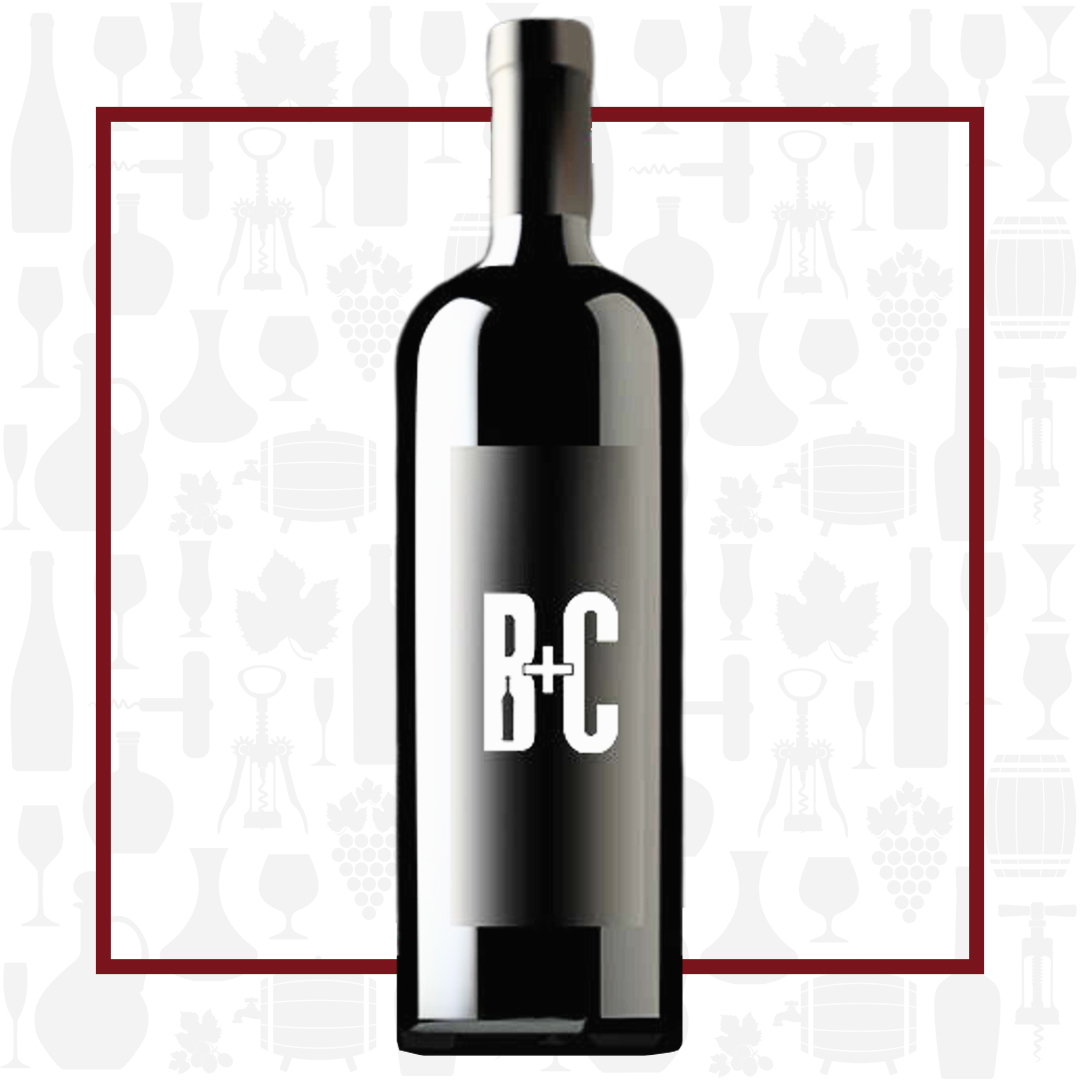Cellar Profile
In a tiny northern area of Emilia-Romagna, Italy, sandwiched between Piedmont and Tuscany, sits Piacenza. It was here that Felice Salamini decided to build a small vineyard to craft fine wines from autochthonous Malvasia, Barbera and Bonarda. It was here that Luretta was born! 30 years and untold successes later, Felice’s son Lucio has taken over at the helm and the property under vine has expanded to almost 50 hectares. The philosophy of the winery is simple: stress the vines, restrict yields, use organic and biodynamic principles and craft structured, elegant wines. To that end, there is no use of fertilizers or irrigation. The vines are purposely starved of nutrients and water, with severely restricted yields to thicken skins and long hang times to ensure full phenolic ripeness. Hand-harvested and meticulously sorted, Luretta uses only Allier French oak for aging and fermentation when wood is called for.
Region
The Colli Piacentini which give the DOC its title are the hills to the south of Piacenza, Emilia-Romagna’s most westerly city. These are the foothills of the northern Apennines, which run northwest to southeast through Emilia-Romagna, providing a patchwork of terroirs among their peaks and valleys. Many of the vineyards of the Colli Piacentini are planted on the rolling hills leading up to the northern slopes of the Apennine Mountains. The vineyard soils are composed of a mix of clay, marl, sand and sandstone from the Pliocene epoch.
Vineyard
The Barbera grown in the Luretta vineyards on single spurred cordon is organically cultivated under a dry farming practice. Keeping the vines under hydric stress forces the plant to reduce the amount of water in the berries, reduce pulp and thicken the skins. This keeps the berries small and the flavours intense.
Winemaking
20 day fermentation in small French oak followed by 10 months aging in French oak with a 50% turnover of new oak each year.
Varieties
Barbera is a red Italian wine grape variety that produces good yields and is known for deep colour, full body, low tannins and high levels of acid. When young, the wines offer a very intense aroma of fresh red cherries and blackberries. In the lightest versions, notes of cherries, raspberries and blueberries; and with notes of blackberry and black cherries in wines made of more ripe grapes. Many producers employ the use of toasted oak barrels, which provides for increased complexity and aging potential. The lightest versions are generally known for flavours and aromas of fresh and dried fruit.
Tasting Notes
Dark ruby red in the glass. The nose is robust with notes of ripe cherries, plum, dried roses and spice. Intense flavours of black cherry, ripe plum, blackberry and licorice, with a hint of toasted vanilla. Fine grained tannins and vibrant acidity with length that seems unending.

